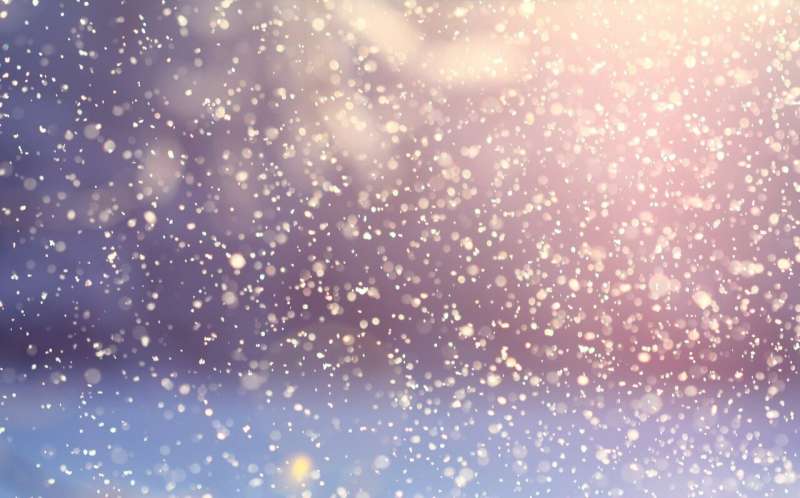Snowfall frequency declining across Northwest, study finds

With warming temperatures, average snowfall frequency is estimated to decline across the Pacific Northwest by 2100—and at a faster rate if greenhouse emissions are not reduced, according to a new Portland State University study.
Researchers in PSU's Climate Science Lab—postdoctoral scholar Arielle Catalano, geography professor and climate scientist Paul Loikith and graduate student Christina Aragon—looked at projected change in the number of snow days versus rain days at 157 SNOTEL stations in Oregon, Washington and Idaho. SNOTEL, or snowpack telemetry network, sites are often used to monitor water availability in mountainous regions and provide an observational baseline for defining snowfall. Using climate model projections, changes in the ratio of snow days to rain days are estimated relative to observations at these stations.
Catalano said that calculating changes at locations used for monitoring snowfall across the mountainous Northwest can provide information at scales relevant to those monitoring and managing water resources.
In the Northwest, snowpack acts as a natural reservoir, recharging groundwater and providing water throughout the drier summer months. Snowfall impacts water supply, which can affect agriculture, wintertime flooding and recreational activities such as skiing and boating.
"These snow-dominated regions are going to start to see an increasing proportion of precipitation falling as rain," Catalano said. "This gives us a sense of the site-specific changes in time and space, what's going on in this region, and what we can expect to see on average in terms of snow versus rain days over time."
Among the study's findings, published in the journal Geophysical Research Letters:
- By the end of the 21st century, over 90% of SNOTEL stations across the Northwest will continue to receive snow, but many of these locations will experience more than half of wet days as rain, meaning more precipitation will fall as rain instead of snow.
- Snowfall frequency declines are largest at low- and mid-elevation sites like the Cascades
Catalano said global efforts to mitigate greenhouse gas emissions can slow the rate of decline. At virtually all of the stations, business-as-usual emissions would lead to a faster rate of decline throughout the second half of the 21st century, whereas mitigating emissions results in slowing rates.
"Overall snowfall frequency would still be declining, but at a slower rate," Catalano said.
More information: A. J. Catalano et al, Spatiotemporal Variability of Twenty‐First‐Century Changes in Site‐Specific Snowfall Frequency Over the Northwest United States, Geophysical Research Letters (2019). DOI: 10.1029/2019GL084401
Journal information: Geophysical Research Letters
Provided by Portland State University



















